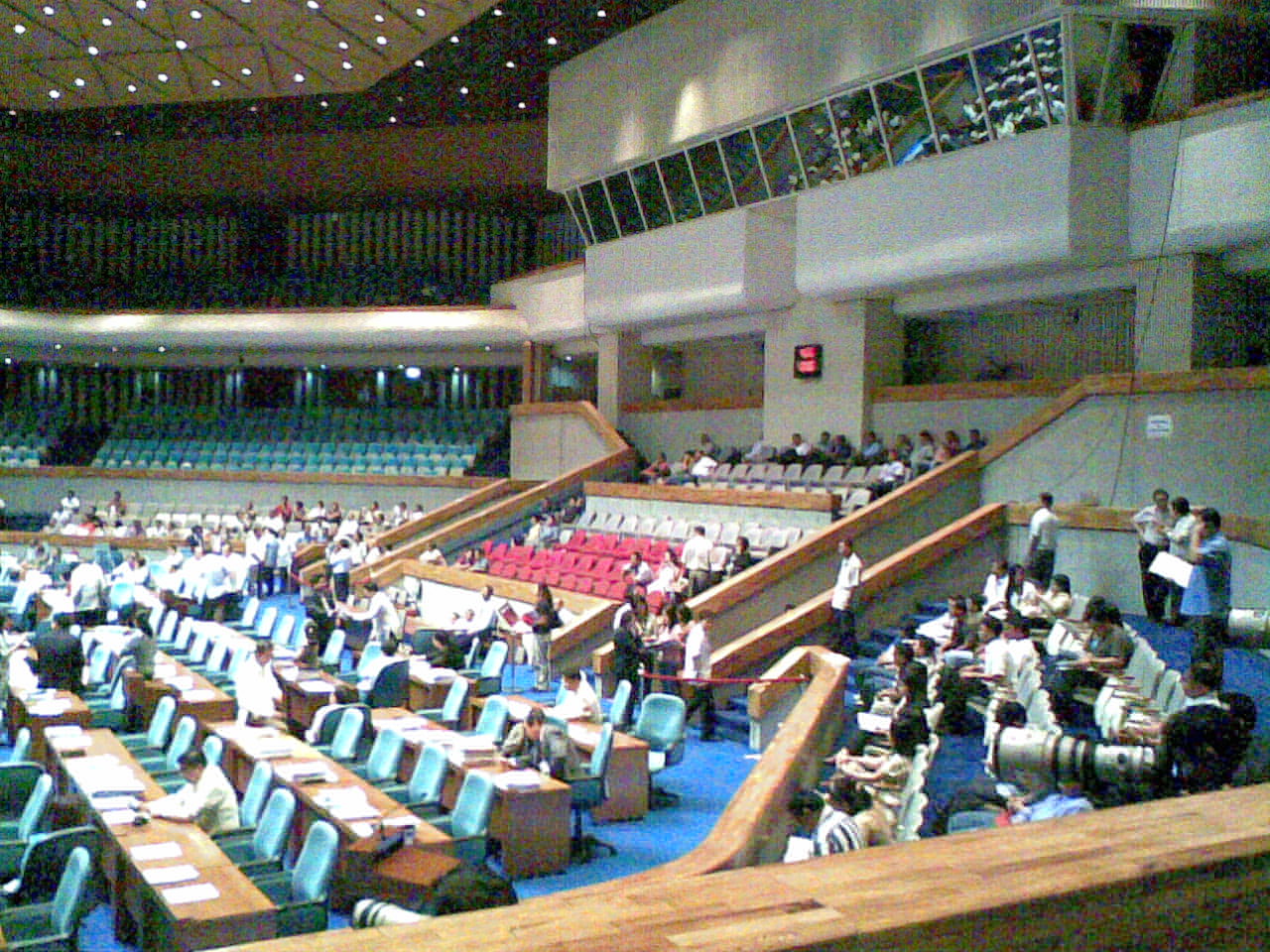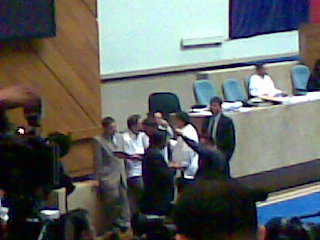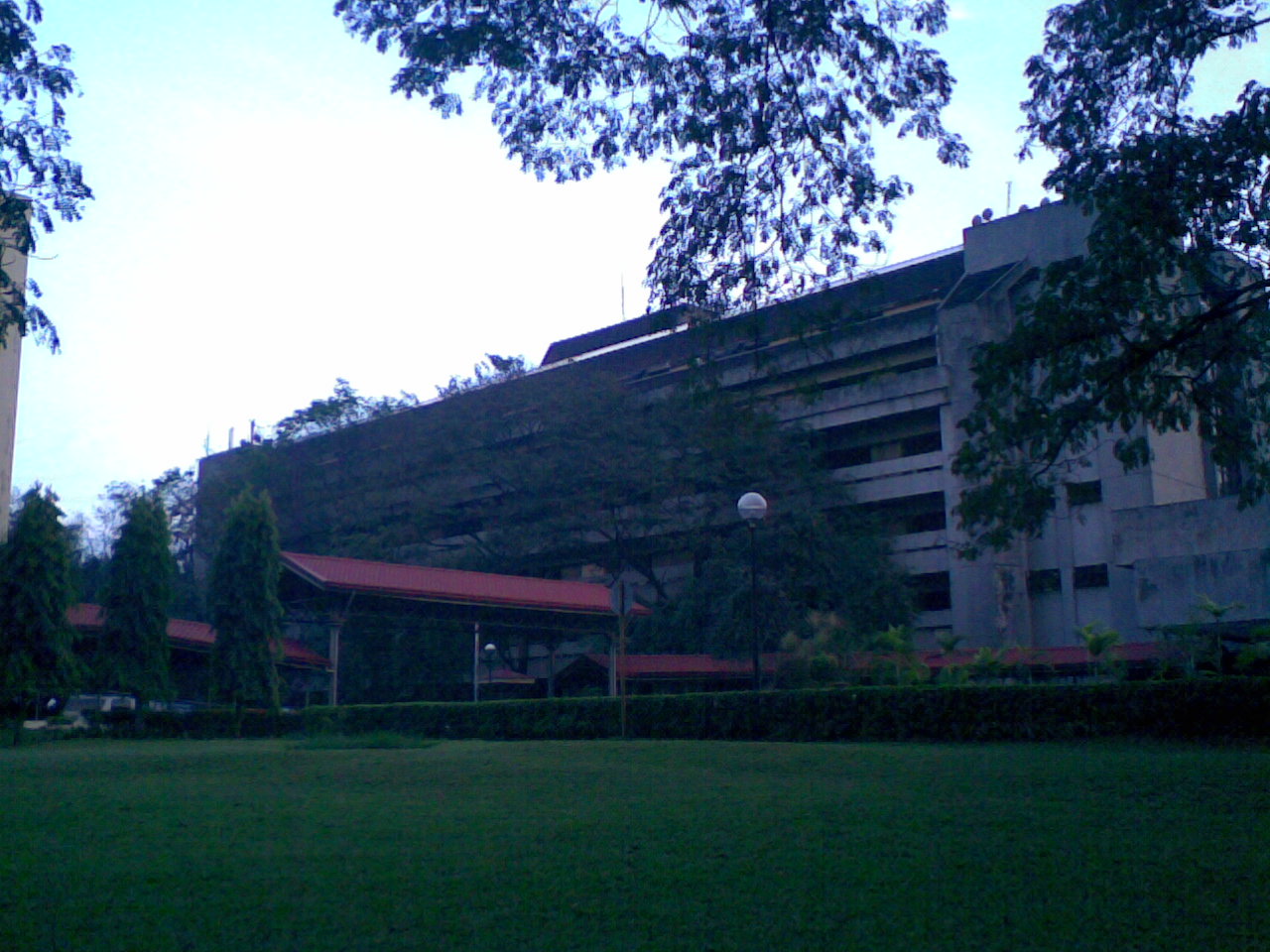






|
|
A Century's Worth
Some photos from my flickr account   |
March 29, 2008 A Century's Worth: UP through years of education, struggle and making history Bastion of Activism “Tunay! Palaban! Makabayan!” One can hear this deafening shout across Palma Hall. A sound of students shouting, joining hands to stand for what they believe in. They cry for freedom, they cry for justice, they cry for their nation. These scenes are ordinary in the University of the Philippines. Throughout the years students of the University of the Philippines have proved their strong allegiance to the democratic advancement of the Philippine society. As UP celebrates its 100th year of existence, it also celebrates its tradition and culture of activism. One cannot really separate UP from activism. In fact, it has been the status quo to say that the university is one of the cradles of student activism in the country, if not the “bastion of activism.” However, UP’s state of activism has come a long way and many of its critics and predecessors are not satisfied. According to Jose Maria Sison, founder of the Communist Party of the Philippines, in an interview by Bulatlat.com, describing the current state of UP activism, “the progressive student organizations and student masses have not yet succeeded in mobilizing themselves in great numbers.” Activism in its essence can be described as involvement in action to bring about change. It is therefore a stand for change, be it social, environmental etc. Activism in UP is not inherent but a part of worldwide movement. It was brought about by socialist’s movement and radical movement in the 18th century. These ideologies pointed out the importance of liberty. They believe that powers should be subject to social control than individual determination. UP has a long tradition of activism. During the late 50’s, students gathered in the fight that said to be one of the most remembered battles of UP students, the “Diliman Commune.” It was the time when the university was transferred from its campus in Manila to Diliman, which was a US military settlement. According to Elmer A. Ordonez, a retired professor of English and Comparative Literature at the university and author of the book “Diliman: Homage to the Fifties,” It was also this time when UP’s former president Bienvenido Gonzales was rumored to be remove from office, because he refused to grant Malacanang’s wish to give Indonesia President Sukarno an honorary doctorate. Students rallied behind Gonzales to Malacanang on March 29, 1951. Students stopped police from entering the campus, formed a human barricade and proclaimed the Diliman Commune, which lasted for eight days. The rise of student activism was said to be during these times. Students protest for Marcos’ anti-democratic stand. Large number of students went out to the streets of Manila to fight rampant graft and corruption, human rights violation, high tuition fees, militarization and abuses of the military, the presence of the U.S. Military bases and the subservience of the Marcos Administration to U.S. interests and policies. Student organization such as, Kabataang Makabayan (KM), Nationalist Corps, Bertrand Russell Peace Movement, Samahang Demokratikong Kabataan, Student Cultural Association of UP (SCAUP), and Malayang Pagkakaisa ng Kabataang Pilipino (MPKP), sprouted in the campus as progressive organizations. Students were not the only activist during those times but professors too. According to Ordonez, the suspension of writ of habeas corpus compelled many faculties to take a stand, and led him to create the civil liberties movement or the UP Civil Liberties League. UP was the center of activism during those times and led to the successful EDSA revolution which overthrew Marcos’ dictatorship in 1986. Today, people would see the university as the leading education institution in the country and the breeding ground for young activists. However, a lot of people would sometimes forbid their children to go to UP because they are afraid that their children might turn into an activist. Activism these days is not the “in thing” than it was before. UP culture has evolved and many students have forgotten the essence and the roots of their university. According to Jose Ma. Sison, students get attracted to “careerism and the comforts of the bourgeois life,” and it wanes the “revolutionary spirit of serving the people and mass distraction from the most important issues by the new technology.” According to Victor Villanueva, Student Councilor and owner of Bikoy.net, there is the existence of a counter-activism culture in UP today. He said UP students perceived their fellow UP students who happens to be an activist, as fanatical and dogmatic. Jose Lacaba, mass communication professor and writer, said activism of the past is much stronger than it is now. Villanueva said UP is still the bastion of activism but it is also the bastion of traditional politics. Lacaba however said it is up to UP students to stand behind their name as bastion of activism. “Tunay! Palaban! Makabayan!” As deafening as it may sound, one could not really see the essence of these words if a single individual would stand behind it. For it is in numbers that true activism is truly perceived. As Joma Sison said, “everyone expects the UP students to rise up in greater numbers.” «Prev 1 2 3 4 5 6 7 8 9 10 Next» |
| Contact me: Hannah Joy Castillo |

|
Home · About · Articles · Links · Site Map |